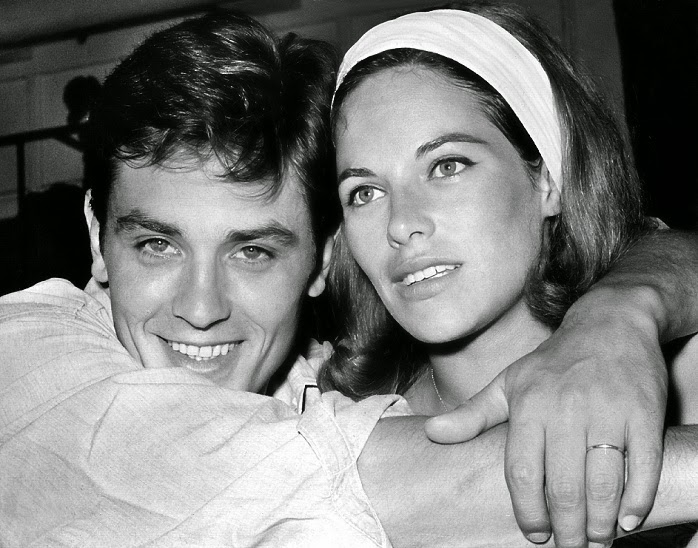We'll Take Manhattan, A Documentary about Jean Shrimpton and David Bailey's Relationship
The working-class David Bailey, a talented young photographer, and Jean Shrimpton, a middle-class farmer's daughter, kick-started the modern 60s after having an affair of love, lust, and fashion. He was 22 and married, and she was 17 but their love affair and the revolutionary pictures for British Vogue captivated everyone and changed the way editorials were shot.
 |
| Stills from the movie |
Bailey was asked to fly to New York to shoot for fashion editor Lady Clare Rendlesham, a woman still stuck in the 50s, and he demanded to take his girlfriend (with a teddy bear that has a cameo in the editorial). He took realistic poses shot against gritty backgrounds as apposed to fake poses that were 'in' at that time. Vogue loved the pictures and they changed the industry forever. The pictures put Jean on the map and shortly after that she was named The Shrimp - a nickname she hated; "Shrimps are horrible pink things that get their heads pulled off."
Bailey once said of his cover girl: "She was magic. In a way she was the cheapest model in the world - you only needed to shoot half a roll of film and you had it."
In her autobiography Jean wrote: "We were instantly attracted.. and whenever we worked together this attraction created a strong sexual atmosphere." A very fun fact about Jean was that she was never comfortable with success. When Bailey took her to nightclubs, she'd take her knitting with her!!! The two lived together in flat and their relationship lasted until 1964 when Jean, fed-up with his cheating, left him for Terence Stamp. Bailey said: "I had three or four other girls on the go. I couldn't complain." "Losing Jean... it was like losing my camera. I did make Jean into the woman I wanted her to be and she was kind of perfect. It's great when you can talk to somebody and just do a nod and they know. If you have a big relationship with a model, you don't have to talk. Most models now can't even work a dress."
So their courtship was not a romantic one, and obviously he loved her as a muse much more than a person. It is a sad sappy story, and I am sucker for such tales...
Here's the full editorial:



























Comments
Post a Comment